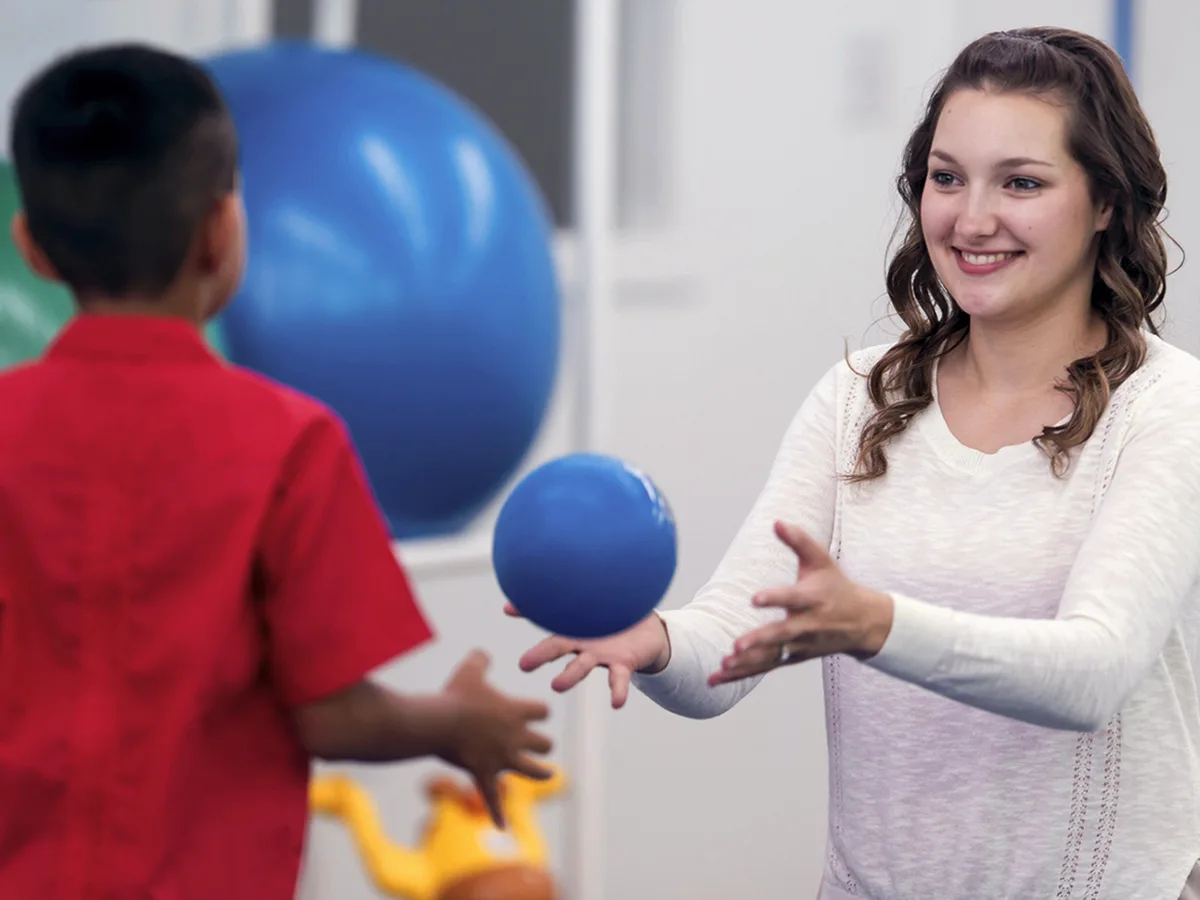Types of tests for developmental coordination disorder (DCD)

At a glance
Kids with developmental coordination disorder (DCD) struggle with everyday tasks like holding a pencil or tying shoes.
When kids are tested for DCD, they have to perform a range of physical actions.
The assessment measures motor skills, balance, and coordination.
If your child has trouble with motor skills and coordination, you might wonder if it’s caused by developmental coordination disorder (DCD). DCD makes it hard for kids to do things like hold a pencil, get dressed on their own, or catch a ball. It’s sometimes known as dyspraxia.
Testing for DCD mainly consists of a clinical exam. It can be performed by a number of professionals, including:
Pediatricians
Pediatric neurologists
Child psychiatrists
Child neuropsychologists and psychologists
Physiatrists
Others may test kids for motor skills issues but can’t provide an official diagnosis of DCD. They include:
Physical therapists and occupational therapists
Educational evaluators
Researchers
During the evaluation, kids have to do a range of physical actions. These tasks test gross and fine motor skills, visuomotor integration, coordination, and balance.
These actions vary, depending on the age of the child. Evaluators often use their own assessments. They may also use commercial ones, like the Movement Assessment Battery for Children. Other assessments include the Peabody Developmental Motor Scales and the Bruininks–Oseretsky Test of Motor Proficiency.
Kids are evaluated on a set of skills. Not every evaluator looks at the same exact skills. But in general, there are five core areas they assess:
Strength
Balance
Coordination
Visuomotor skills
Fine motor and graphomotor (handwriting) skills
Tests for strength
How it works: Kids perform tasks that show how strong their core, arms, and legs are. One task might be hanging from a pull-up bar. The evaluator will observe how long they can do it.
Another task might be “wheelbarrow walking.” Kids walk forward on their hands while the evaluator holds up each leg by the ankle. The evaluator is seeing how many “steps” kids can take before losing their balance in fatigue.
The evaluator might also put kids in a sit-up position and see if they can hold their legs in place. To measure grip strength, kids might be asked to squeeze the evaluator’s hand as hard as they can or use a gripometer.
Tests for balance
How it works: Kids perform a variety of activities that involve both moving and standing still. The evaluator might have them stand on one foot with their arms out and lean forward (like Superman) or walk on a low balance beam.
Kids might be asked to hop or to pick up an object from the floor or move from a sitting to a standing position. They might also walk with one foot directly in front of the other, so that the toes of their back foot touch the heels of their front foot at each step.
Tests for coordination
How it works: For hand-eye coordination, kids are tested on their skill level at throwing, dribbling a ball, or using scissors. To test the lower half of the body, they may kick a ball or walk heel to toe in a straight line.
Tests for visuomotor skills
How it works: Kids throw a beanbag at a target, catch a beanbag, or throw and catch a ball against a wall.
Tests for fine motor and graphomotor skills
How it works: To assess fine motor control, the evaluator might use a grooved pegboard test. Kids get a board with 25 randomly positioned holes. They have to fit the pegs into the holes as fast as they can, with both their dominant and nondominant hands. They may be asked to tie their shoes, too.
The evaluator might also have kids copy simple shapes on paper using a pencil. This tests for fine motor skills and graphomotor skills, or the ability to write by hand.
To make a diagnosis, the evaluator will compare a child’s abilities to those of other kids of the same age. If those skills are well below average, the evaluator will likely refer the child for intervention.
DCD can co-occur with other learning and thinking differences or with developmental issues. A full evaluation can help identify any other conditions or areas of weakness. Based on the results, your child may be able to get at school.
A physical or occupational therapist can work with your child to improve motor skills, coordination, and balance. See what happens in an occupational therapy evaluation. And find out how occupational therapists may work with kids with motor skills issues.
Key takeaways
A DCD evaluation looks at five areas: strength, balance, coordination, visuomotor skills, and fine motor control.
Based on the results, your child may be able to get accommodations at school.
An occupational or physical therapist can work with your child to improve motor skills.

